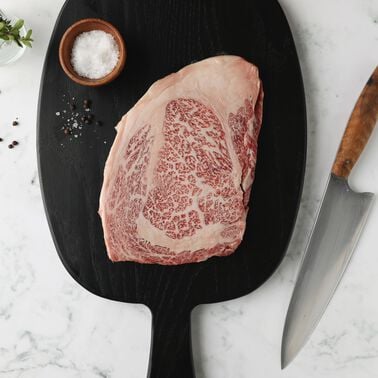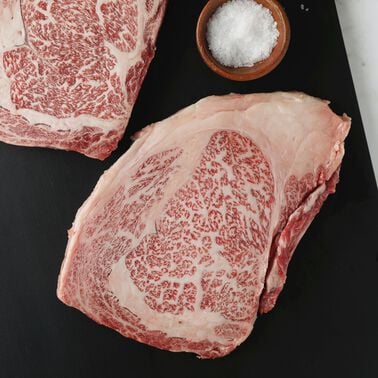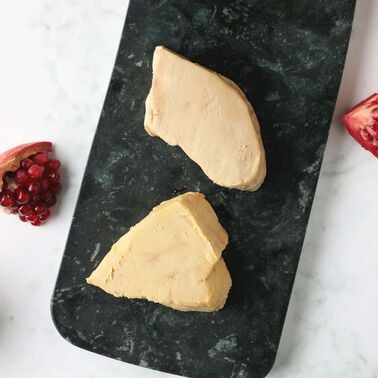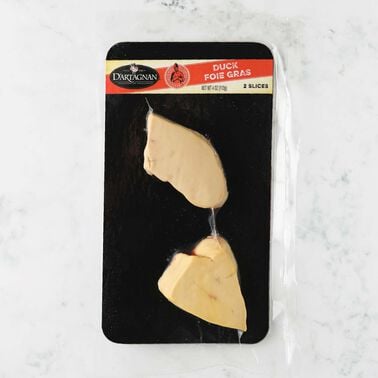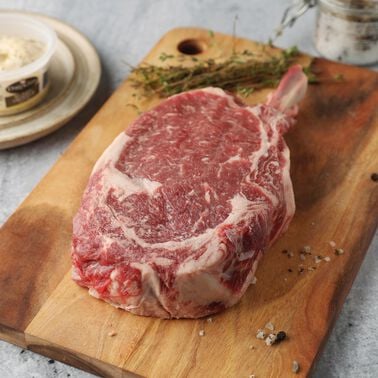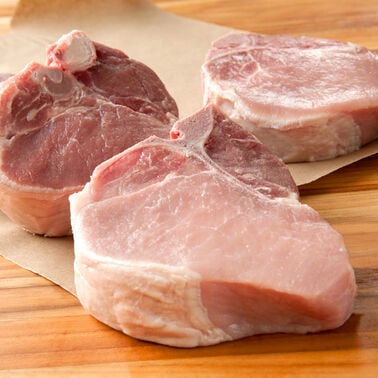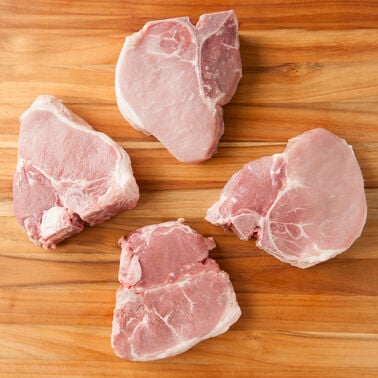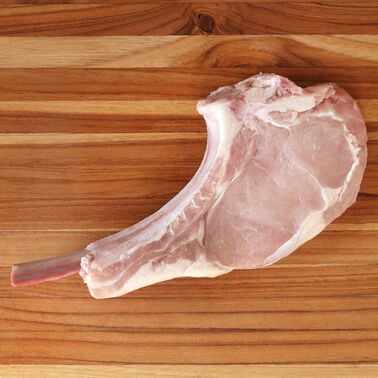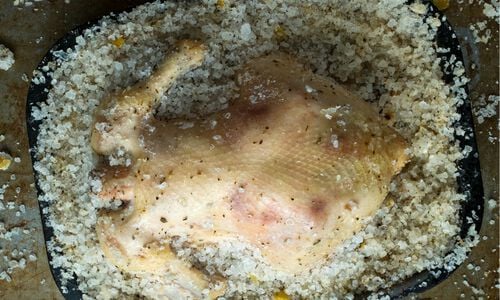
Maldon salt, renowned for its distinctive flaky texture and clean flavor, originates from the coastal town of Maldon in Essex, England.
Since 1882, a family has produced this artisanal salt using traditional methods passed down through the centuries. They hand-harvest the salt with time-honored techniques that harness the natural evaporation of seawater. The distinctive, delicate, pyramid-shaped flakes of salt add a subtle crunch and enhance the flavors of various dishes.
The Unique Characteristics of Maldon Salt
- Texture: Unlike regular table salt, Maldon salt features large, light flakes that dissolve quickly while still providing a satisfying crunch.
- Flavor: The clean, bright taste elevates the natural flavors of food without overpowering them, making it an ideal finishing salt.
- Natural Production: Maldon salt is harvested using traditional methods, ensuring it is free from additives and retains its pure, natural essence.
How to Use Maldon Salt
Maldon salt is versatile and can be used in a variety of culinary applications:
- Finishing Touch: Sprinkle Maldon salt over grilled meats, roasted vegetables, seared scallops, or fresh salads just before serving to enhance flavors and add texture.
- Baking: Incorporate Maldon salt into baked goods like focaccia or bread for a delightful contrast between sweet and savory.
- Garnishing: Use it as a garnish on dishes such as soups, stews, or dips to add a burst of flavor and visual appeal.
- Popcorn: Toss freshly popped popcorn with melted butter and a sprinkle of Maldon salt for a gourmet snack.
- Chocolate: Pair Maldon salt with dark chocolate desserts or caramel for a sophisticated flavor combination.
- Foie Gras: Freshly seared foie gras benefits from crushed Maldon salt, and prepared foie gras like terrine can also be enhanced with a sprinkle.
